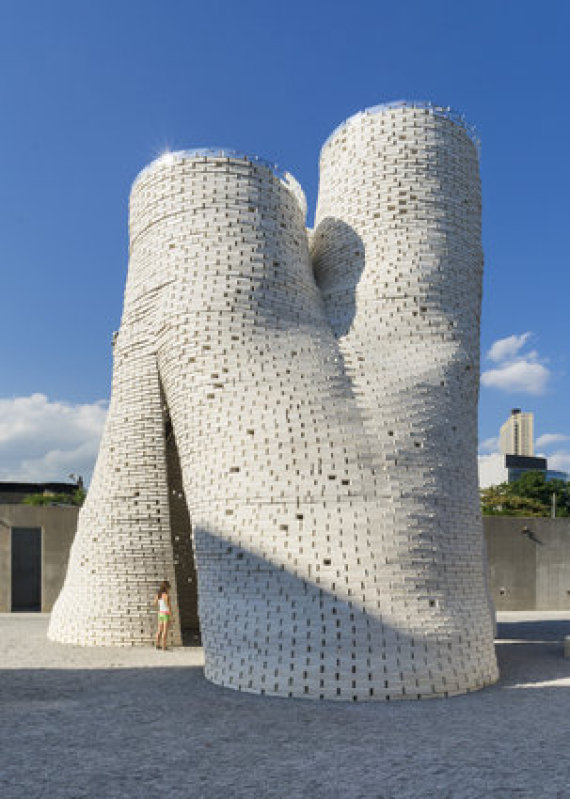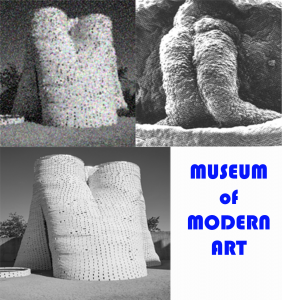Tomorrow is the beginning of the course, VASCULATA, that I offer every year in vascular biology . The course rotates around the country at those campuses that have a critical mass of people in my field. The field is, as biology goes, very new. Four decades ago when the field began we knew very little about blood vessels other than some embryology and a lot about plumbing .
Two weeks ago I got a surprise . Reading the Huffington Post I read about a Project at the Museum of Modern Art. The project involved building a monumental sculpture of fusing, growing tubes … what its architects called a mushroom tower. The tower is grown by placing layers of living bricks within which the mycelium (roots) of fungi grow densely. These bricks intertwine and dry to form a solid structure. Up until now, these mushroom roots, created by Ecovative in 2007, have mostly been used as a packaging material. But their purpose in art and design is about to shift considerably.

Here’s the kicker. Our blood vessels grow the same way! The precursors of blood vessels, called blood islands, fuse with each other to form big tubes. The tubes fuse to form the first vessels, the dorsal aortas! Look at the picture to your left! The picture on the top right is the dorsal aortas of a mouse fusing!
Here how MOMA project works according to the Huff Post: “To create the brick substitute, the mixture of cornstalk and mushroom root is left to harden for several days into a sturdy solid through an entirely natural cycle requiring no waste, energy or carbon emissions. Essentially, the architects channel the “biological algorithm” of mushroom roots to grow a building from the ground up. The entire growing process takes around five days.
ArchDaily described the resulting wonder as resembling the “intersection of three arteries — blown up a few thousand times.“

